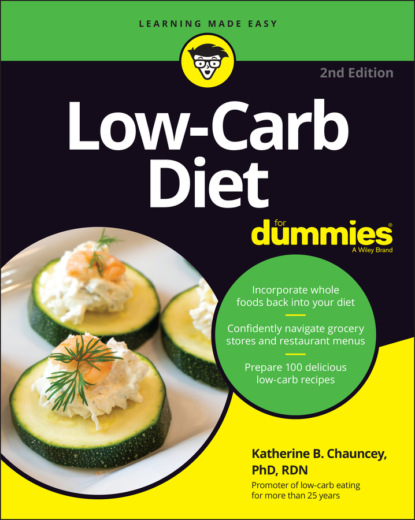dieting plan that has been used for centuries to treat hard-to-control epilepsy in children. The diet forces the body to burn fats (ketones) rather than carbs, which forces the body into ketosis.
Paleo Diet: The Paleolithic Diet or Paleo Diet as it’s commonly known states that because humanity’s genetics and anatomy have changed very little since the Stone Age, people should eat foods available during that time to promote good health. Your diet should be based on whole, unprocessed foods. Meats, nuts, seeds, fruits and vegetables are all acceptable in the Paleo Diet. Grains aren’t.
Intermittent fasting: This eating pattern cycles between brief periods of fasting and eating. The fasting period consists of no food or significant calorie reduction alternating with periods of unrestricted eating. The most common regimens are fasting on alternate days, for whole days with a specific frequency per week, or during a set time frame such as eating only within an eight-hour window each day.
These weight-loss plans have a common feature. Even though their starting points tend to vary, they all restrict refined and processed carbs. So, your weight loss is not only from your carb intake, but it’s also from the absence of refined and processed carbs. Even though these plans can yield a significant weight loss in the beginning, they all eventually fail. Why? Because refined and processed carbs are so pervasive in the western diet and so persuasively advertised, they’ll eventually creep back into your daily eating. Before you know it, you’ve lost control and your hunger has become ravenous. None of the given plans have taught you how to control those processed foods. That’s where the Whole Foods Weight Loss Eating Plan differs. It not only shows you how to reduce your intake of those foods, but also how to keep them at bay.
Figuring out whether low-carb eating is right for you
The following are all good reasons to follow this low-carb plan:
If your personal health history includes the precursors to diabetes, high blood pressure, heart disease, or obesity
If you’re concerned about stabilizing your blood sugar levels
If you’re tired of the way convenience foods and prepackaged, sugar-laden foods make you feel
If your Body Mass Index (BMI) is 30 or above
Discovering Whole Foods
The most important element of the Whole Foods Weight Loss Eating Plan is the introduction of whole foods into your diet. A whole food is any food that’s not refined or processed. Fresh, frozen, or canned fruits and vegetables are whole foods; french fries aren’t. A sirloin steak is a whole food; a breaded veal cutlet isn’t. Whole-grain bread is a whole food; white bread isn’t. Apple juice is a whole food; a fruit roll-up isn’t. A baked potato is a whole food; potato chips aren’t.
Living the Low-Carb Way
Low-carb dieting quickly will become second nature. The key to your success is planning. Plan your meals and plan your shopping trips to fit with your low-carb lifestyle.
With a little effort, you’ll be able to navigate your way around a low-carb kitchen. Find your own shortcuts to make your life easier and low-carb friendly.
Beyond the Scale: Identifying Other Factors for Overall Health
For most people, weight loss and dieting go hand in hand. In fact, when you hear someone say, “I’m on a diet,” it usually means, “I’m trying to lose weight.” But the word diet (coming from the Latin dieta, or “daily regimen”) can also refer simply to the food you eat day in and day out. I want to change your daily food plan for the rest of your life, not just help you lose weight now. So, considering factors other than a number on the scale is important when you’re charting your progress.
Exercise and low-carb dieting: Your partners in fitness
Exercise isn’t just a necessary part of life, it’s fun! With so many different forms of exercise available, you’re sure to find one that matches your interests and lifestyle. You don’t have to run out and buy workout clothes, join a gym, and attend a Pilates class this week. Just pulling weeds in the garden or mowing the lawn can get your heart pumping. Walk around the block with your dog. Find a friend to walk with you during your lunch break. Volunteer to coach a Little League team in the sport of your choice. Anything that gets you moving is a great addition to your lifestyle.
